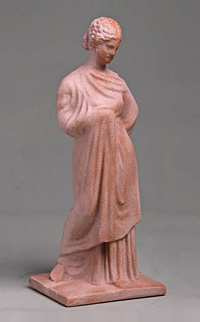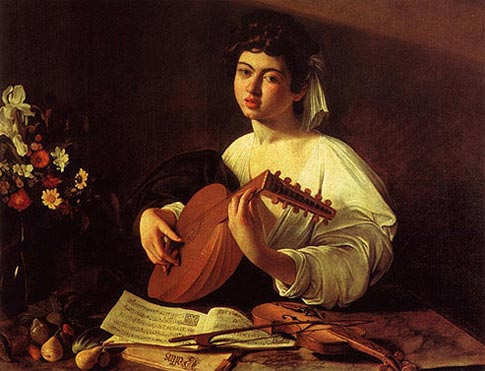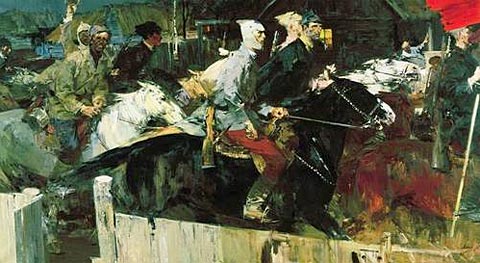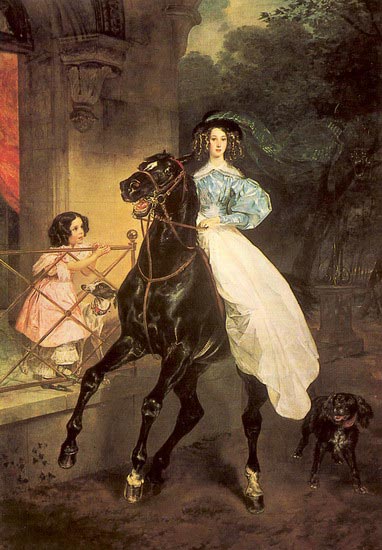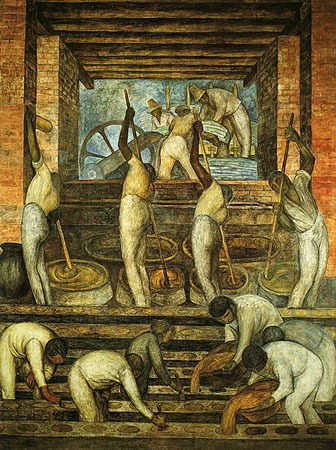Rafael Santi – the ideal of the purest art
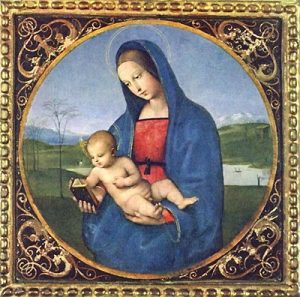 In the view of the people of the Renaissance, beauty is above all the orderly consonance and connection of parts, harmony. It is based on a proportion, a perfect image, where, in the words of the Italian scientist and architect Alberti, “you cannot add, subtract or change anything without making it worse.”
In the view of the people of the Renaissance, beauty is above all the orderly consonance and connection of parts, harmony. It is based on a proportion, a perfect image, where, in the words of the Italian scientist and architect Alberti, “you cannot add, subtract or change anything without making it worse.”
In the resurrected Renaissance, the ancient formula “beauty is harmony” expressed both the essence of art and a peculiar idea of the world around it. According to the people of that time, all living things are harmonious. Beauty in art is a reflection of beauty in nature. Such an understanding of it gave the Renaissance ideals naturalness, fullness and incomparable charm.
The art and life of Raphael itself can serve as an example of Renaissance clarity, love of life, poise, noble simplicity. Many artists sought to embody these ideals in their work. But he was the happy master in whose work they received a complete and perfect reflection.
In his life there was no conflict, dissatisfaction with himself, the eternal contradiction between the desired and the achieved. Thanks to his happy character traits, Rafael always set himself feasible tasks and performed them so easily, as if it was not worth any trouble. He always learned from his contemporaries, unmistakably found and organically assimilated what he lacked. Intuitively avoided the difficulties that became almost insurmountable for artists, more difficult and more dramatic than those who perceived the world.
Raphael Santi was born on April 6, 1483 in Urbino, a small town in the Italian region of Marki. His father, Giovanni Santi – a painter and poet – gave the first painting lessons, which were continued by local artists. At the age of 17, he ended up in the workshop of Perugino.
Early painting by Raphael is almost no different from the lyrical works of teachers: light figures are written against the background of landscapes, they are located simply and directly. Even then, at the age of 20, he created his own ideal world in the Conestabile Madonna, demonstrating compositional mastery. Truly amazing is Raphael’s ability to organize an image, to link figures between himself and the background. He is an unsurpassed master of composition, which is the guiding thread in the perception of any of his work.
1504–1508 Raphael spends in Florence. He works on images of the Madonna, demonstrating an inexhaustible fantasy in search of new solutions to the traditional plot. And of course, he continues to study – he adds to the grace, which distinguished his youthful works, purely Florentine plastic, monumentality. Aspires to master the smoky light and light of Leonardo da Vinci. One of the paintings of this period – “The Holy Family” can be seen in the Hermitage
In 1508 he moved to Rome. The grandeur of the commissioned orders, the very spirit of the ancient city, raise Raphael to a higher level of craftsmanship. He finds himself in an environment where majestic luxury combined with the ideas of humanism, ostentatious magnificence with the requirements of measure and artistic taste. In his work on the painting of the rooms (“the stanzas”) of the Vatican Palace, a characteristic feature of Raphael’s art was manifested – the synthetics of images, the ability for organic generalization of field observations.
Let’s compare the most famous fresco of this painting – “The Athenian School” with a preparatory sketch. It can be seen how the figures are transformed, superfluous details disappear, as the image loses everything momentary, everyday and becomes monumental. The peculiarity of Raphael is not in the fact that he created these idealized images, but in the fact that they always feel the real, taken from nature. He subtly feels the line between real and ideal, does not break away from life, does not appeal to the fictional, which so often happened to his followers. In the works of Raphael, the immediate feeling of a colorist is adjacent to a rationally verified pattern, ideal proportions, and this is a sign of genuinely classical art.
In the paintings, the Raphael station showed the exceptional gift of the muralist. An unforgettable example is the figures of Plato and Aristotle in the fresco “The School of Athens”. This talent is not only in the rigor and purity of the picture, in the ability to highlight the most important, but also in the ability to combine numerous images in a single complex ensemble. Raphael acts here as a painter, and as an architect, composer. Hence the clarity of construction and the noble beauty of the lines and contours melodic in their structure.
